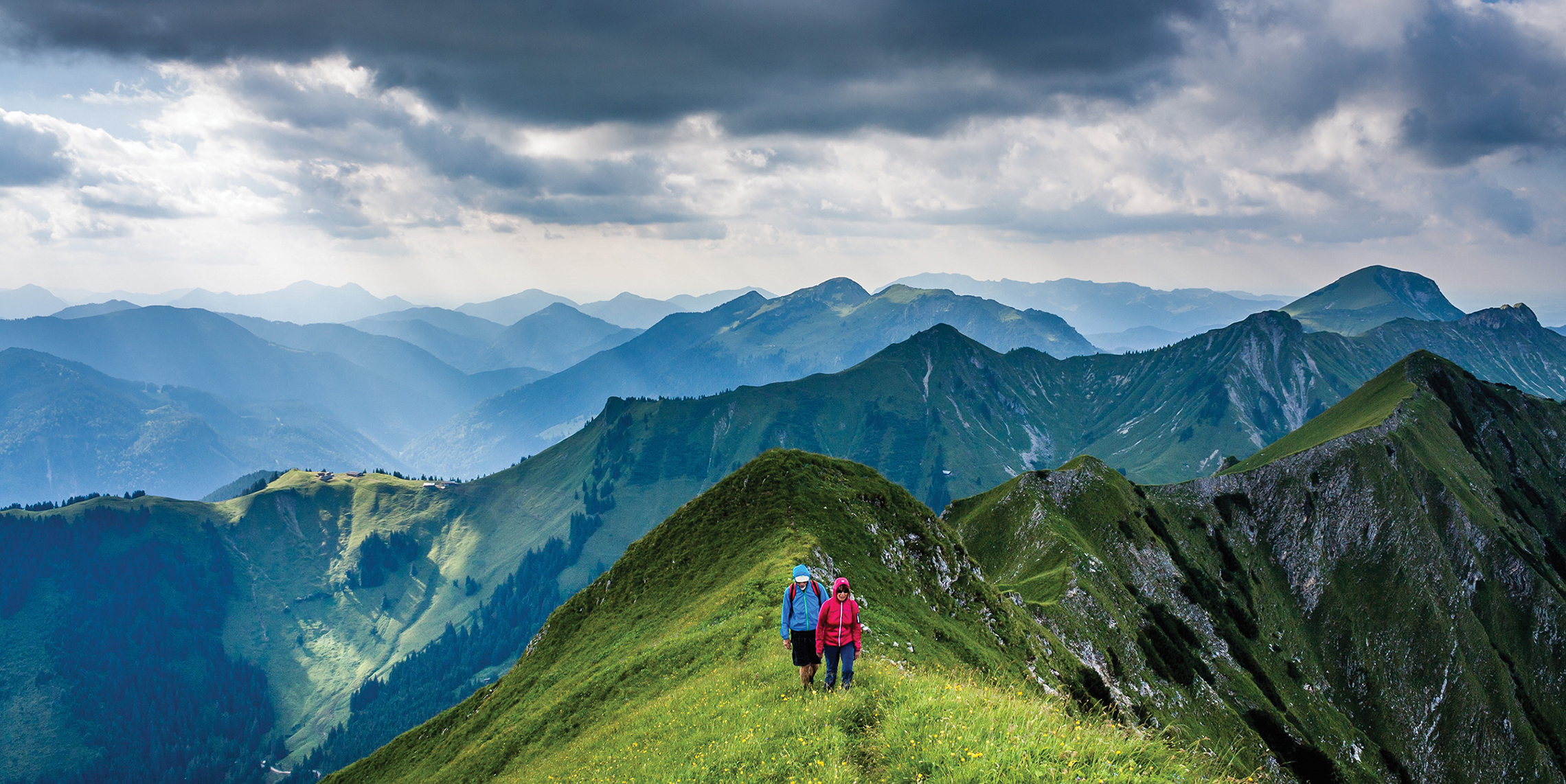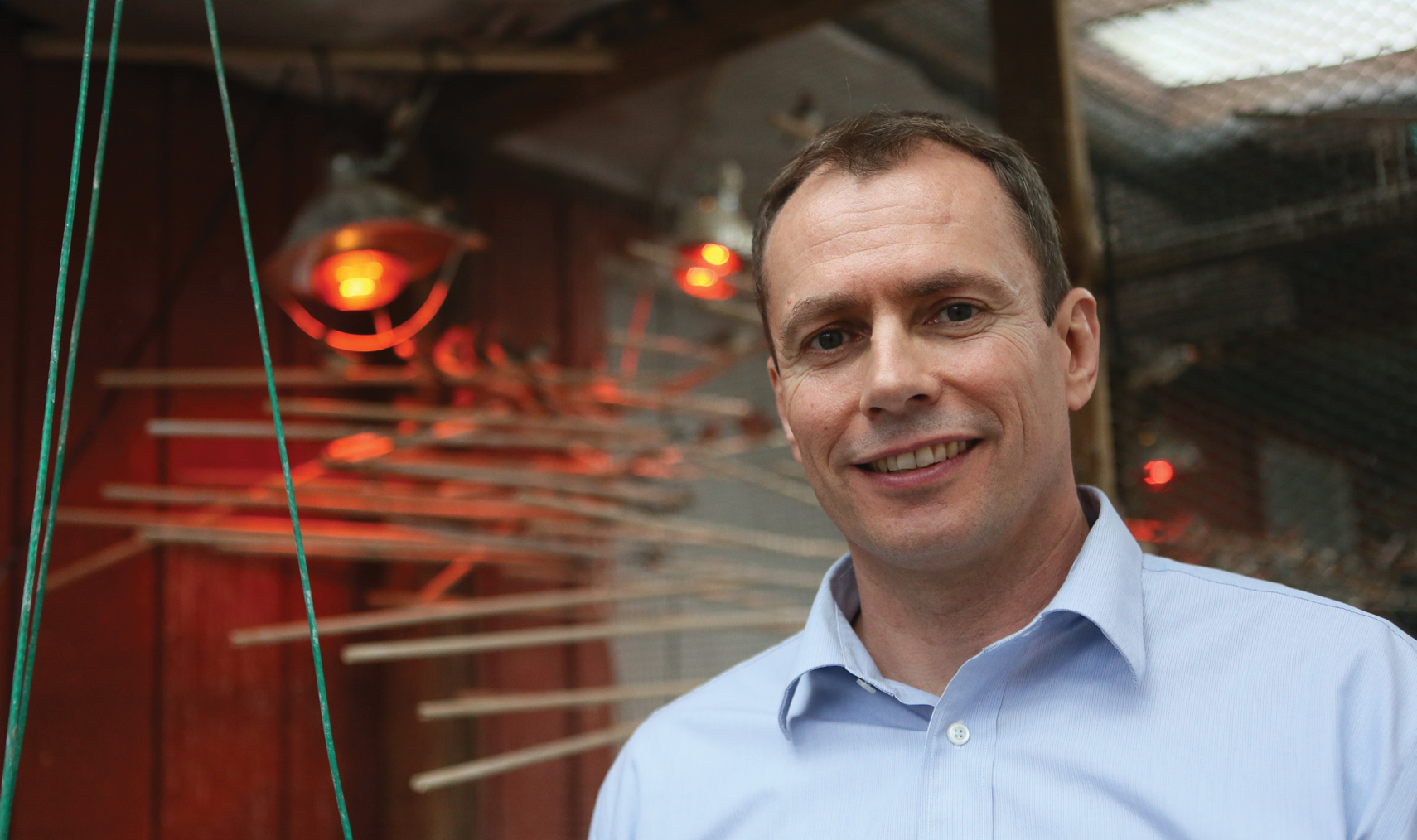In November 2019, a William & Mary alumna made a $19.3-million gift to establish the landmark Institute for Integrative Conservation (IIC). The institute focuses on two overarching goals: conducting research that leads to improved global conservation outcomes and training the next generation of diverse conservation leaders.
The IIC, located at 221 N. Boundary St., is the first university program located directly under the Office of Provost instead of within a school or unit. Its vision is to be the nation’s premier cross-disciplinary institute in the critical field of conservation.
To that end, the IIC team, led by Executive Director Robert Rose and Faculty Director John Swaddle, is building a critical network of conservation partners. Throughout the year, they have been meeting with W&M alumni, other universities, federal and state agencies and conservation organizations including National Geographic, Smithsonian Institution, World Wildlife Fund and The Nature Conservancy.
“Conservation requires collaborative partnerships that transcend traditional boundaries and redefine the status quo. Time is of the essence and I believe that the institute is just what we need to bring significant change to our world,” says the alumna whose generous For the Bold gift made the IIC possible.
The institute is already working with conservation organizations including the Wildlife Conservation Society (WCS) and Conservation International on a set of environmental challenges that will be tackled by student-faculty teams over the next year.
“One challenge focuses on the identification of priority restoration areas in the Mesoamerican forest complex,” Rose explains. “Working with WCS, students integrated relevant data and expert opinions into a model of priority restoration areas that will drive conservation actions in this region.”

